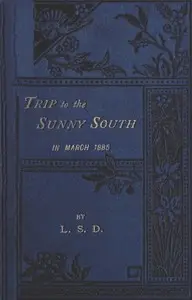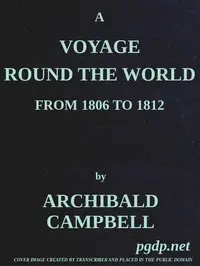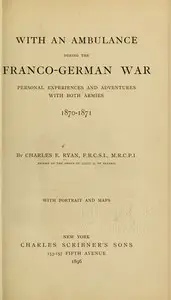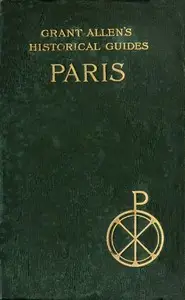"The Narrative of a Journey" by James Holman is a 19th-century memoir that recounts the incredible European travels of a man who is blind. The chronicle follows Holman's experiences through France, Italy, and parts of Germany, as he depends on his remaining senses and the empathy of others to explore new places. Holman lost his sight at twenty-five, his story reveals not only the difficulties he overcame as a blind traveler, but also his spirit and quest for knowledge; leaving Dover and arriving in France the kindness that he encountered, and the day to day challenges he faced.
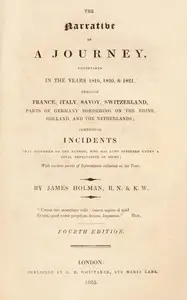
The narrative of a journey undertaken in the years 1819, 1820 and 1821 through France, Italy, Savoy, Switzerland, parts of Germany bordering on the Rhine, Holland and the Netherlands : $b comprising incidents that occurred to the author, who has long suffered under a total deprivation of sight; with various points of information collected on his tour
By James Holman
Despite losing his sight, a resilient man sets out across Europe, relying on his other senses and the generosity of strangers to navigate unfamiliar lands and cultures.
Summary
About the AuthorJames Holman FRS, known as the "Blind Traveller," was a British adventurer, author and social observer, best known for his writings on his extensive travels. Completely blind and experiencing pain and limited mobility, he undertook a series of solo journeys that were unprecedented both in their extent of geography and method of "human echolocation". In 1866, the journalist William Jerdan wrote that "From Marco Polo to Mungo Park, no three of the most famous travellers, grouped together, would exceed the extent and variety of countries traversed by our blind countryman." In 1832, Holman became the first blind person to circumnavigate the globe. He continued travelling, and by October 1846 had visited every inhabited continent.
James Holman FRS, known as the "Blind Traveller," was a British adventurer, author and social observer, best known for his writings on his extensive travels. Completely blind and experiencing pain and limited mobility, he undertook a series of solo journeys that were unprecedented both in their extent of geography and method of "human echolocation". In 1866, the journalist William Jerdan wrote that "From Marco Polo to Mungo Park, no three of the most famous travellers, grouped together, would exceed the extent and variety of countries traversed by our blind countryman." In 1832, Holman became the first blind person to circumnavigate the globe. He continued travelling, and by October 1846 had visited every inhabited continent.



